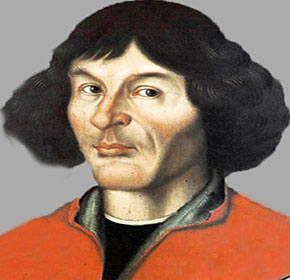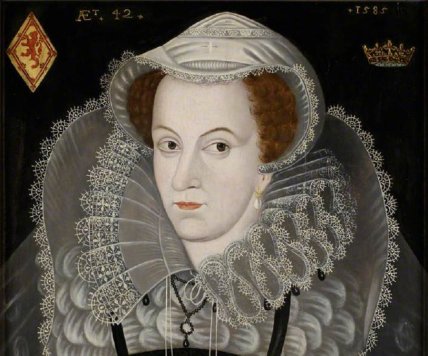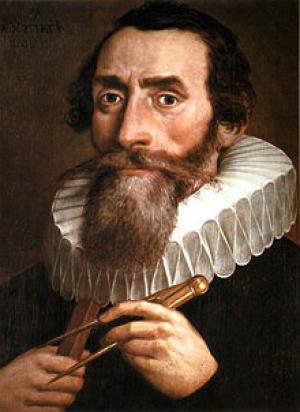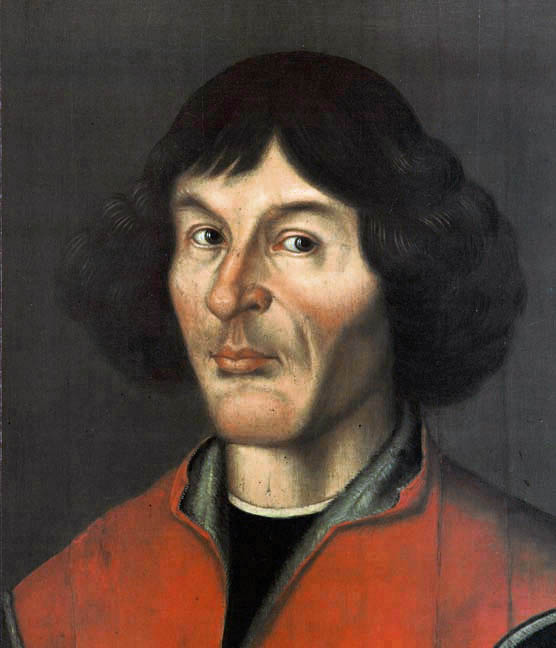Galileo Galilei made many important contributions to astronomy during his lifetime. He created his own increasingly powerful telescopes. He discovered that the Moon’s surface wasn’t smooth, as it had been previously thought. He observed four moons revolving around Jupiter. He discovered many more stars with his telescopic observations. He found that Venus has phases just like the Moon. He determined that the Sun has sunspots. Galileo’s observations were extremely significant evidence in favor of the Copernican theory, undermining the geocentric model of the universe, and he held the idea that the Earth revolves around the Sun long before it became accepted among the scientific community.
During Galileo’s lifetime, on July 25, 1593, King Henry IV of France converted from Protestantism to Roman Catholicism. This was important because King Henry IV was viewed extremely unfavorably by Protestants afterward, and he would eventually declare Catholicism as the state religion. A little later in Galileo’s lifetime, on December 21, 1620, the Pilgrims on the Mayflower arrived in America, founding the Plymouth colony in Massachusetts. There they began building their town, with the community government to operate under the signed agreement known as the Mayflower Compact. William Shakespeare was born on April 26, 1564 and died on April 23, 1616, meaning that William Shakespeare lived at the same time as Galileo for Shakespeare’s entire life. Shakespeare was a critical figure in literature because he garnered success and acclaim for the plays he wrote, and his plays are still studied and performed to this day – over four centuries later.
It was interesting to learn about the importance of King Henry IV converting to Roman Catholicism because it reminded me how intertwined politics and religion were back then. Additionally, it reminded me that Galileo’s observations must have been especially unpopular due to their conflicts with the beliefs within the church. While Galileo was making scientific contributions in Italy, America was just getting started, with the Pilgrims getting settled in Plymouth. This made me think about how relatively quickly America emerged as a world power compared to other developed countries that had existed well before America had even been discovered. It was definitely interesting to learn that one of the most important figures in scientific history existed at the same time as one of the most important figures in literary history, and finding out that both only became as popular of figures as they are long after their deaths made me realize how common of a theme this is for geniuses throughout history.





